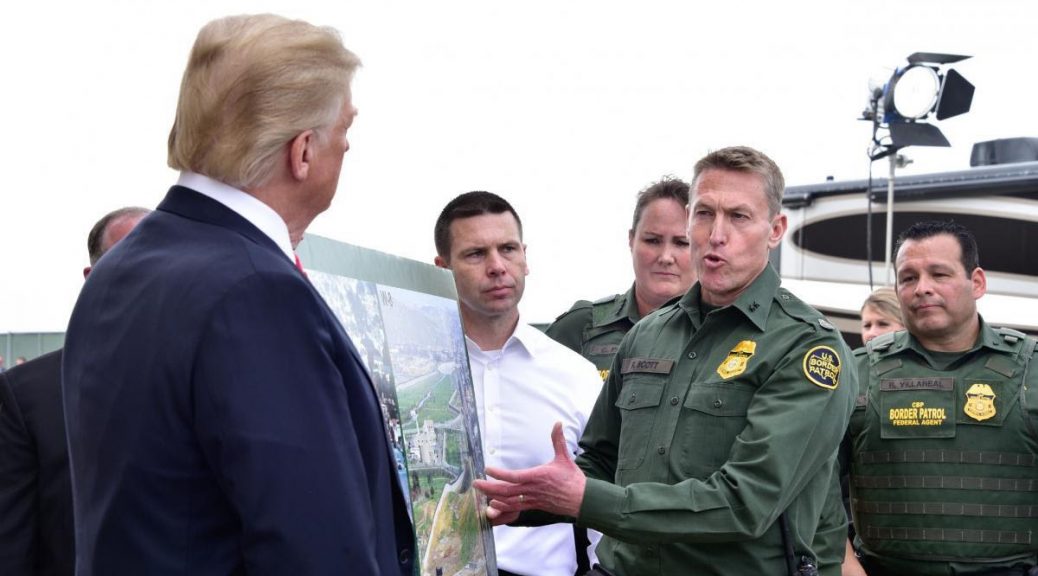
Immigrant Population Growth in the U.S. Slows to a Trickle
Post by Vanessa Lam. Colgate Class of 2023.
“Immigrant Population Growth in the U.S. Slows to a Trickle”, The New York Times, September 26, 2019 by Sabrina Tavernise
This article covers the stock of the immigrant population in the United States. It uses data provided by the Census Bureau’s American Community Survey to show how the population has changed over the past year, as well as statistics on geography of income and poverty. In 2018, the United States immigrant population grew at its slowest rate in a decade. This hasn’t happened since the Great Recession in 2008. This is even more unusual because the United States is going through an economic expansion currently, with jobs available and many want to stay in the country to work. This small growth in the immigrant population was most likely due to the Trump administration’s policies are more restrictive.
In 2018, the net increase of immigrants in the population was about 200,000, which was a decline of more than 70 percent from 2017. This figure is made up of all foreign-born people coming to the United States, excluding the ones who left and the ones who have died. The decline was probably because of Trump’s policies on immigration. His ban on travel from majority-Muslim countries left thousands of immigrants abroad. Trump has also cut the number of refugees the United States will accept and made processing visa applications more complicated. The largest declines in levels of immigrants were people from Latin America and Asia who were not U.S. citizens. Mexico used to be the largest contributor of immigrants until 2010, but they have declined significantly. The number of immigrants coming from China and India have increased since 2010. Still, the number of people from Asia living in the U.S. (not American citizens) has declined in 2018. There is also a steep decline in Chinese students at American universities, which could be contributed to by the tensions between the countries.
Economic inequality rose last year in the United States. This has been a trend since 1970s. Americans at the middle and bottom class has had very little increase in income, while those in the upper class has experienced high growth. The income inequality is at or very close to the record high in America. This could also contribute to the small increase in immigrants in America. Depending on where they immigrate from, the lack of social mobility may dissuade them to immigrate to America. This also relates to the negative and positive selection in skills. Those immigrating from a poorer country would be attracted to America because they would still earn more money, despite not being socially mobile. However, those with higher skill levels may not want to immigrate to America because in the long run, they might not make as much money as they would if they stayed.